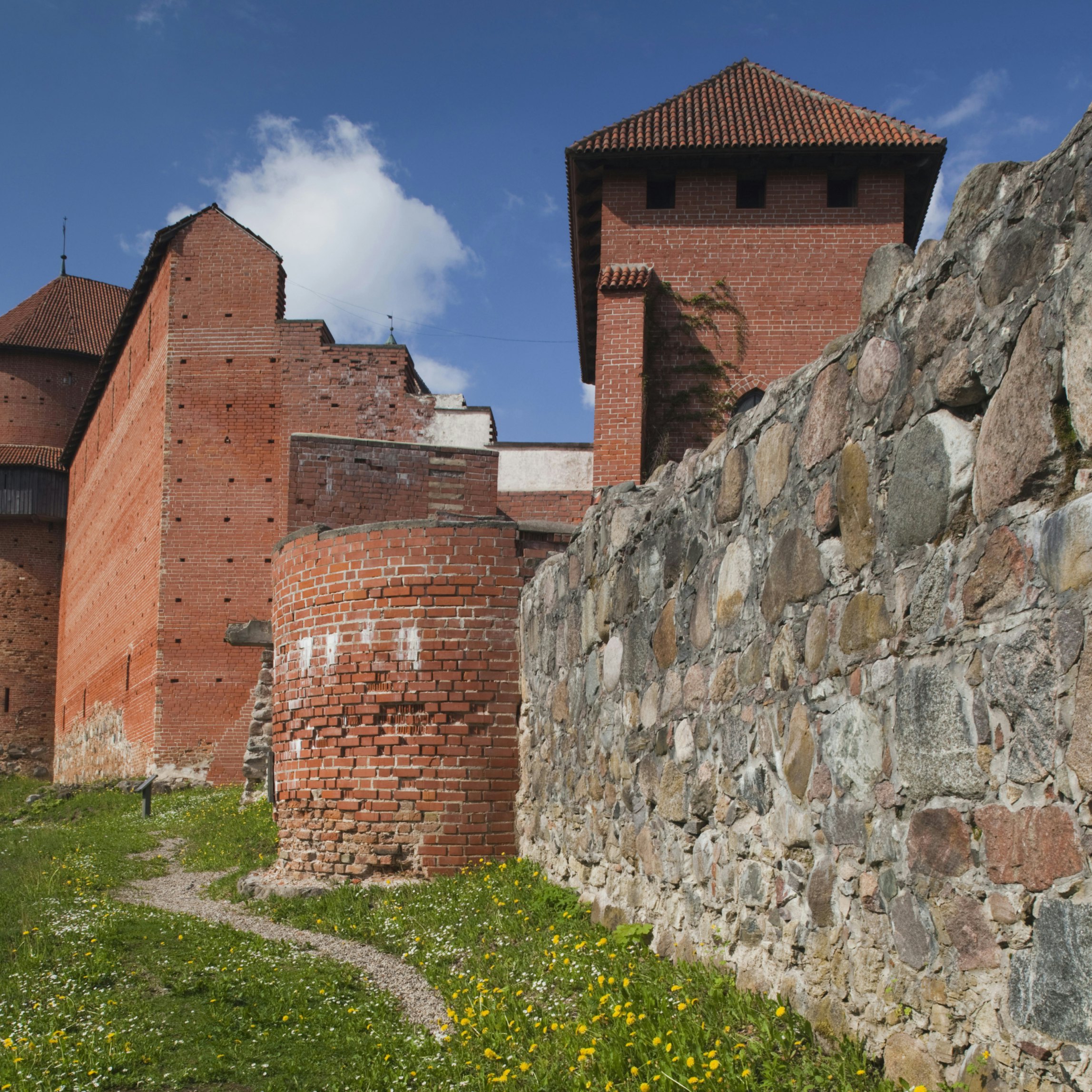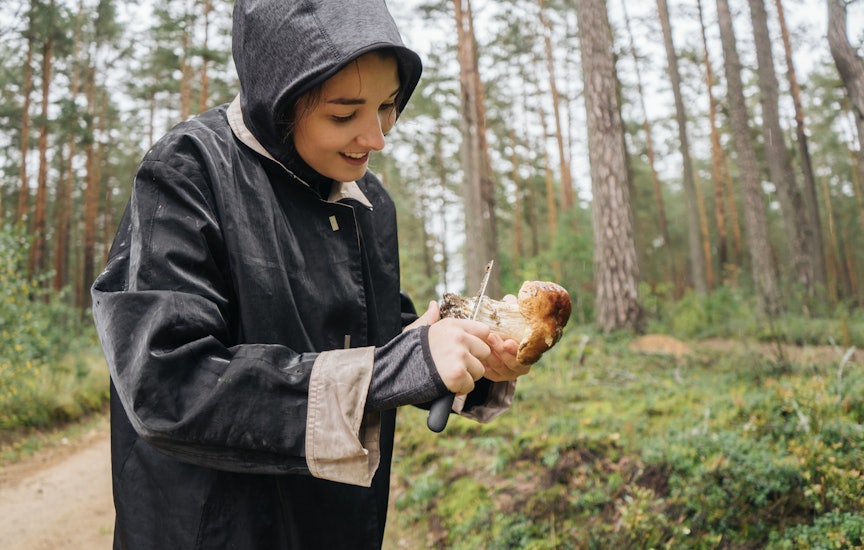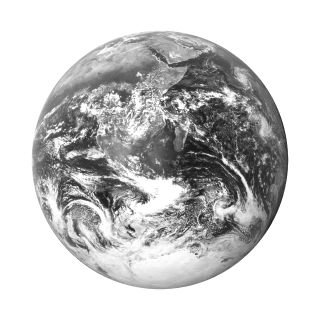

Getty Images/iStockphoto
Overview
A tapestry of sea, lakes and woods, Latvia is best described as a vast, unspoilt parkland with just one real city – its cosmopolitan capital, Rīga. The country might be small, but the amount of personal space it provides is enormous. You can always secure a chunk of pristine nature all for yourself, be it for trekking, cycling or dreaming away on a white-sand beach amid pine-covered dunes.
Plan your trip with Guide, an AI travel planner!
Create a personalized trip itinerary in seconds using artificial intelligence.
Must-see attractions
Planning Tools
Expert guidance to help you plan your trip
Best Things to Do
From Rīga’s art nouveau architecture to sprawling Baltic beaches to medieval castles in the countryside, discover the best Latvia has to offer.
Read full article
in partnership with getyourguide











